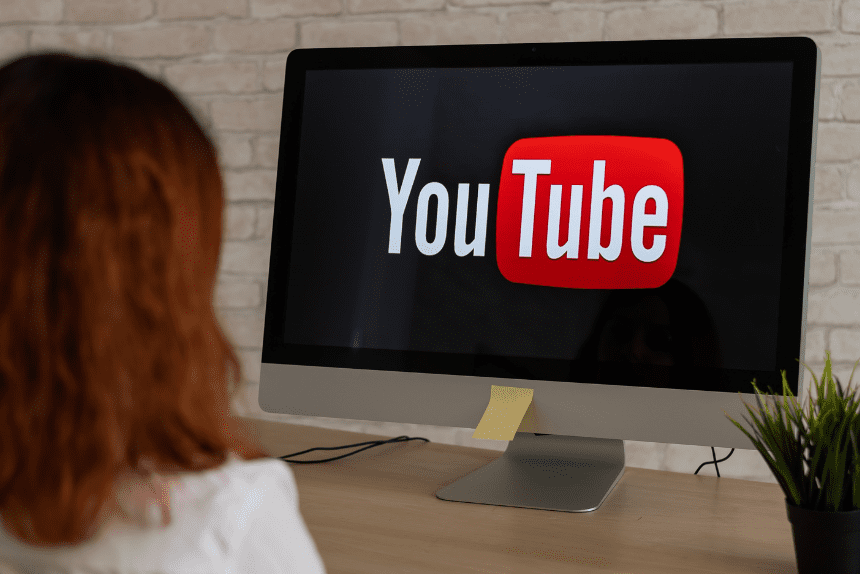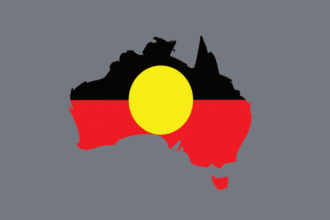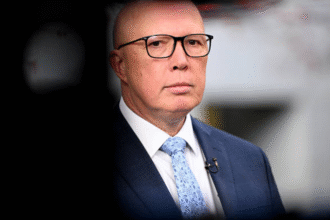Australia is ready to put in force a landmark social media ban for youngsters below sixteen, extending the restrictions to include YouTube, a platform formerly exempt. Initially, the ban aimed to target predominant structures like TikTok, Instagram, Facebook, X, and Snapchat; however, YouTube will now additionally be included. The ban, which is about to begin in December 2023, will allow teenagers to view movies but save them from developing bills or being enticed by the content via feedback or uploads.
This circulate is part of Australia’s broader initiative to protect younger people from the terrible effects of social media. It follows growing worries about online damage, with structures like YouTube becoming a focal point for discussions on virtual safety.
Why Has YouTube Been Added to the Ban?
YouTube, owned by Google, had to start by being excluded from the social media ban. The platform argued that it provided treasured content to younger Australians and shouldn’t be classified alongside other social media websites. However, Australia’s eSafety Commissioner, Julie Inman Grant, these days advocates adding YouTube to the regulations due to the dangerous content regularly encountered by youngsters elderly 10 to 15.
“Social media is doing social harm to our kids, and I need Australian dads and moms to realize that we’ve their backs,” said Prime Minister Anthony Albanese, emphasizing the government’s dedication to safeguarding the well-being of Australian youngsters. Here is the link to our article on Social Media Harm
How Will the Ban Affect Teenagers in Australia?
Under the brand new rules, Australian teenagers will nonetheless be able to look at YouTube videos; however, they’ll be prohibited from developing money owed or interacting with content in any way that requires an account. This consists of importing videos, commenting, or taking part in network capabilities. The ban goals the perceived dangers posed with the aid of social media platforms, which include exposure to dangerous content and predatory algorithms.
The Australian government’s awareness in decreasing online damage while nevertheless permitting get right of entry to to academic or entertainment content. The restriction is a part of an attempt to make sure that kids are protected from the more poisonous factors of social media, including cyberbullying and inappropriate content.
What Are the Reactions from YouTube and Other Tech Companies?
YouTube has expressed worries over the ban, with a spokesperson stating that the organization might “keep in mind subsequent steps” in response to the inclusion of YouTube inside the regulations. Google had formerly hinted at prison movement, arguing that such a ban would infringe on free speech, specifically in political discussions. Despite this, Federal Communications Minister Anika Wells firmly said that while there is an area for social media, there may be no room for harmful algorithms that focus on children.
The government’s position is clear: the focus is on making sure the protection of young Australians, and it will not be deterred by ability felony demanding situations from tech giants like Google. Here is the link to our article on Social Media Access
What Are the Penalties for Non-Compliance?
The new ban incorporates tremendous penalties for tech organizations that fail to comply with age restrictions. Companies that don’t deactivate existing bills, prevent new ones from being created, or prevent workarounds from getting used will face fines of as much as A$50 million (about $32.Five million). These measures aim to hold systems accountable for their position in protecting younger customers and making sure that the law is enforced effectively.
Final Thoughts: The Impact of Australia’s Social Media Ban
Australia’s choice to extend its social media ban to YouTube for kids below 16 indicates a shift in international discussions approximately on online protection. As governments around the world, inclusive of in Norway and the United Kingdom, watch closely, Australia’s flow may want to set a precedent for the way different nations modify digital systems for more youthful audiences. The destiny of online safety may additionally thoroughly hinge on the success or failure of such bold projects.








